10 Essential Steps for a Safer Church
“Keep watch over yourselves and all the flock of which the Holy Spirit has made you overseers. Be shepherds of the church of God, which he bought with his own blood.” Acts 20:28
Throughout His earthly ministry, Jesus exemplified care and compassion, attending not only to spiritual and eternal needs but also to the physical well-being of others. In following His lead, we are called to establish places of worship that adopt a holistic approach, offering emotional and spiritual support within a safety-conscious environment.
While many faith communities grapple with rising criminal activity and exploitation, fear need not dictate our actions. Instead, let us focus on integrating fundamental principles to create spaces where congregants can gather securely and nurture their faith.
Here are some practices to consider implementing:
Irrespective of your ministry’s size, conducting an annual risk assessment and evaluation is crucial. This process fosters a deeper understanding of the inherent risks tied to your day-to-day operations and aids in pinpointing vulnerabilities susceptible to exploitation.
When undertaking a risk assessment, maintaining complete objectivity is paramount. Start by scrutinizing and assessing your ministry’s safety protocols, written policies, and active security measures. Remember, an assessment involves more than an internal examination—it necessitates an external perspective as well. Therefore, include an exterior inspection of your property to identify any natural or structural weaknesses.
To bolster objectivity during the evaluation, involving additional members of the local church board or staff to conduct separate assessments can be beneficial. Their independent findings can then be compiled for comprehensive review, ensuring no everyday items are overlooked. Utilize our free risk assessment form to kickstart this process. Free risk assessment form
Key Points to Keep in Mind:
During your annual assessment, don’t forget to revisit and scrutinize all written policies and procedures for potential updates or modifications. It’s essential to ensure that you have clearly outlined job descriptions and robust child safety protocols in place for all volunteers and staff members. Additionally, make it a habit to periodically review volunteer and employee files to guarantee that all applications, background checks, and personal information are up to date.
When performing a risk assessment for your ministry, thoroughly inspect both the exterior and interior conditions of your facility. Check the functionality of security and fire safety equipment, as well as the condition of locks and break-away doors. Remember to take detailed notes during your walkthrough and compile a comprehensive to-do list to address any deficiencies identified during the process.
Churches should prioritize the maintenance of security systems that offer off-site monitoring and dispatch services for law enforcement and fire personnel. Moreover, efforts should be made to outfit facilities with comprehensive video surveillance covering parking lots, entry access points, children’s service areas, sanctuaries, hallways, and offices.
Previously, acquiring a surveillance system posed a financial challenge for many smaller churches. However, nowadays, quality 8 to 16 camera systems are available for approximately $300-$800. These systems typically retain 7 days of recorded history and can be accessed for review off-site or via smartphone or web-based devices. Such advancements not only enhance overall safety but also alleviate the burden on security personnel.
It’s imperative to always secure church media and electronic devices to deter theft or unauthorized access. This includes fixtures like mounted projectors, television monitors, sound and lighting equipment, computers, and office supplies—frequently targeted by thieves.
In addition to ensuring proper security measures for your devices and electronics, maintaining an updated inventory list is essential. This comprehensive record should include serial numbers, brands, makes, models, and estimated values of all items. Consider marking or labeling devices with your ministry’s name or discreet identifying labels, facilitating quicker identification and recovery in case of loss or theft.
Every church should designate trained members to support the congregation in times of need. Whether it’s addressing a medical emergency, aiding a missing child, or managing an active threat, having capable individuals ready to intervene on behalf of the ministry is crucial.
When establishing your security or safety ministry program, maintain a balanced approach. The aim isn’t to replace first-responders but to have volunteers and staff who can assist and step in when needed.
Operating a church security ministry requires a focus on spiritual readiness and maturity. Select individuals who demonstrate spiritual maturity, self-control, and sound judgment.
While prior law enforcement or military experience is beneficial, it shouldn’t be the sole criterion. Consider other qualified candidates willing to undergo training.
Our Complete Church Security Kit offers a comprehensive solution for organizing, documenting, and training staff for this role. It includes customizable policy manuals, response guides, and training materials.
Review our Complete Security Kit.
Full Armor Church also has an Online Academy where you can complete self-paced certificate based courses on church safety and security topics and explore free course offerings.
Psalms 127:3 reminds us that “Children are a heritage from the Lord,” underscoring the importance of safeguarding minors within our churches from potential harm. It’s imperative that churches take every necessary precaution to ensure their safety and protection.
As part of standard procedure, churches should mandate that all volunteers complete an application, acknowledge receipt of child-safety policies and procedures, and undergo a thorough criminal background check before engaging in any service.
Legal precedence emphasizes the liability of churches to prioritize the safety of minors, necessitating robust screening measures for those serving in roles involving children. Ministries failing to adhere to these standards may face increased civil and criminal liability.
In addition to background checks, it’s advisable to retain volunteer and employee applications for a minimum of 15 years or as dictated by the statute of limitations for offenses involving minors in your state. When selecting a background check provider, ensure they are federally compliant with the Fair Credit Reporting Act (FCRA).
Full Armor Church offers ministries cost-effective screening solutions starting at just $12. View our background check program here.
Document, document, document….
Whether it involves suspected criminal activity, a minor medical emergency, or a personal accident with an injury complaint, swift notification of leadership and proper documentation of the incident are essential. Timely gathering of evidence and information is paramount because personal recollections may alter over time, witnesses can be influenced, and crucial details might be lost or forgotten.
Standardized forms should be employed to memorialize events, ensuring consistency and comprehensive collection of necessary information. As a general guideline, incident documentation should cover the time and date of occurrence, specific location(s), involved individuals, witnesses, documented injuries, actions taken by staff and bystanders, involvement of external agencies, and a brief summary of the incident.
Upon completion, incident reports should undergo thorough review by the pastor and/or local leadership and then be retained on file. In cases involving complaints of misconduct or fault, it may be prudent to have the documentation reviewed by legal counsel. Proper documentation serves as a safeguard for your ministry and individuals involved, helping to protect against litigation or unfounded claims of wrongdoing and negligence.
As individuals step into your church, they naturally expect that you’ve taken adequate measures to ensure their safety and well-being. They will rely heavily on your staff for assistance and guidance should an emergency arise. Courts across the country consistently affirm this reasonable expectation, underscoring the responsibility of churches to have some form of emergency preparedness in place.
It’s essential for every church to maintain basic first aid supplies and fire safety equipment, easily accessible to staff. Additionally, posting evacuation maps in classrooms and areas frequented by children is advisable. Regular training sessions for staff ensure they are well-prepared to conduct evacuations and implement lockdown procedures effectively.
While incidents like active shootings or physical confrontations within churches are rare, it’s imperative to educate and prepare your staff to respond effectively. Even a basic plan can significantly enhance safety and increase survivability rates. Just as routine training and drills are commonplace in public schools and workplaces, they should be equally prioritized within the church community.
Children’s and youth-based programs serve as vital components of any thriving ministry, fostering growth within the local community when executed effectively. However, without proper oversight and structure, they pose potential risks that could tarnish your reputation and influence.
Given the vulnerability of children’s programs to exploitation, stringent supervision and clear guidelines for adult interactions with minors are imperative. Volunteers should receive thorough supervision, peer-based accountability systems, and comprehensive training on policies and procedures to ensure adherence to protocols.
Establishing designated drop-off and sign-in areas for children’s services is essential for limiting outside access to minors. Additionally, implementing sign-in and check-out systems enables tracking of attendance and parental involvement. Various web-based and software programs are available for this purpose, although even simple solutions like sign-in sheets or sticker-based tracking systems can suffice. Gathering essential information from parents, including emergency contacts, medical conditions, medications, allergies, and physical limitations of minors, further enhances safety measures.
Considering the heightened risk of accidents and injuries involving children, staff members should be equipped to communicate directly and access emergency services promptly if needed. It is advisable to have security team members monitor access points and conduct regular checks on workers to maintain a secure environment.
The process of collecting, counting, and securing church offerings should never be a solitary task. Apart from safety concerns, it’s imperative to have at least two members present to ensure robust accountability. Additionally, involving a member from your security ministry team during the collection and securing of funds adds an extra layer of oversight.
Funds kept on-site should undergo thorough verification before being securely stored. Opt for locations equipped with reliable locking mechanisms and alarmed entry points or surveillance for enhanced security. Avoid using desk drawers, money bags, or unsecured components, and instead consider investing in mounted safes or depository devices strategically positioned for secure fund retention until deposits can be made.
Exercise sound judgment and establish effective systems for auditing and oversight to maintain financial integrity. When transporting funds for deposit, adopt varied routes and schedules to deter predictability.
One of the primary catalysts for crime is opportunity. In law enforcement circles, a well-known strategy for crime prevention is the “Broken Window Theory.” The premise is simple: when small issues are left unaddressed, it signals a lack of care and oversight. If broken windows are tolerated, it implies that other forms of neglect are acceptable, gradually eroding community standards until undesirable activities are normalized.
Consider this: if your church has broken windows, faded signs, or littered parking lots, what message does it convey to the community? What behaviors and attitudes might it attract? Maintaining the church property isn’t just about aesthetics; it’s a demonstration of stewardship and care. When people see that the church is actively watched over and maintained, it sends a powerful message that deters potential criminals seeking easy opportunities.
Need resources? We’ve got you covered.


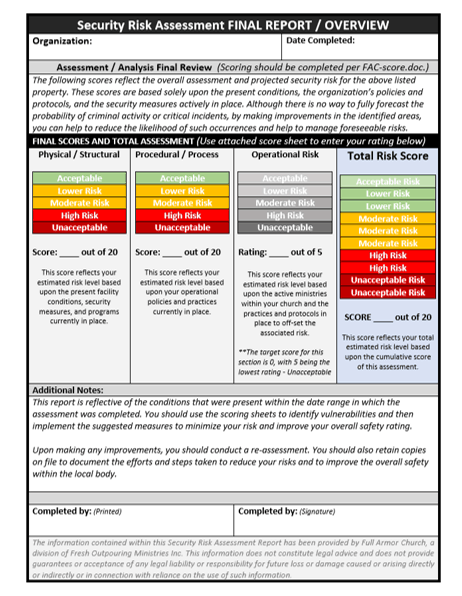

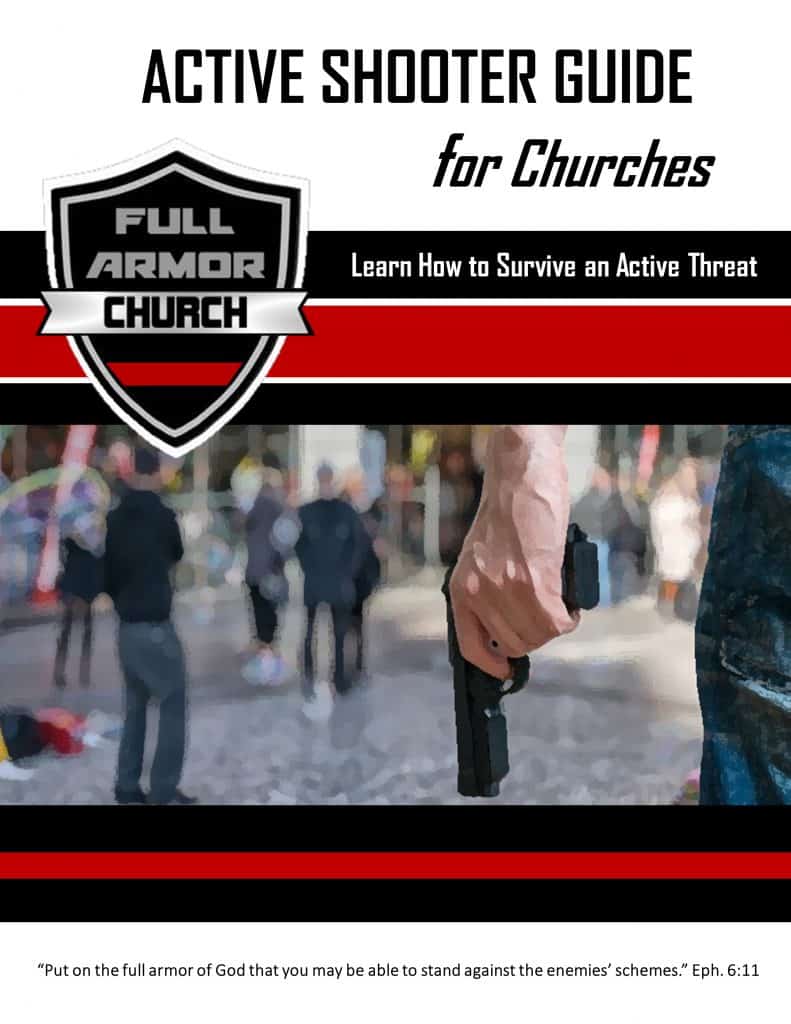
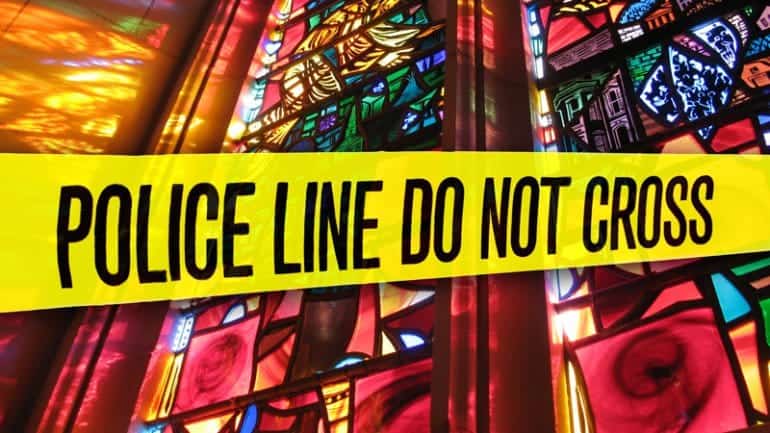
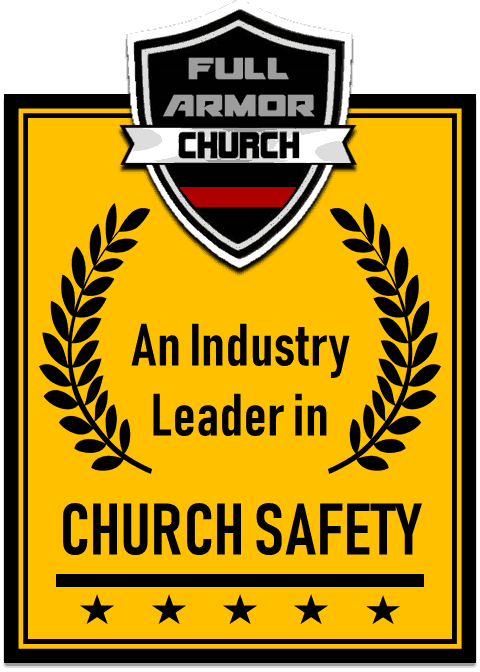
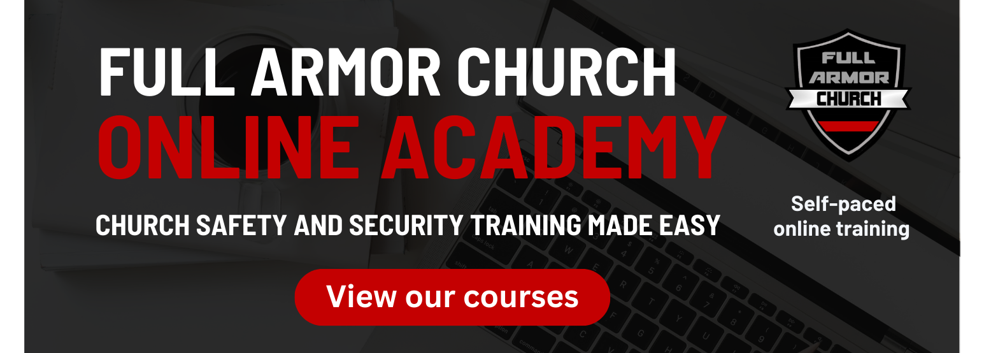
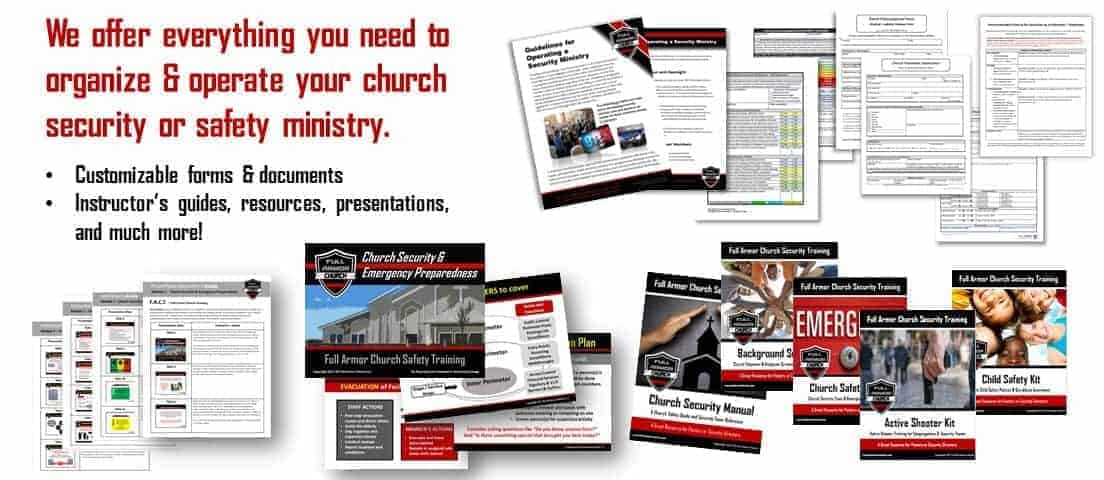
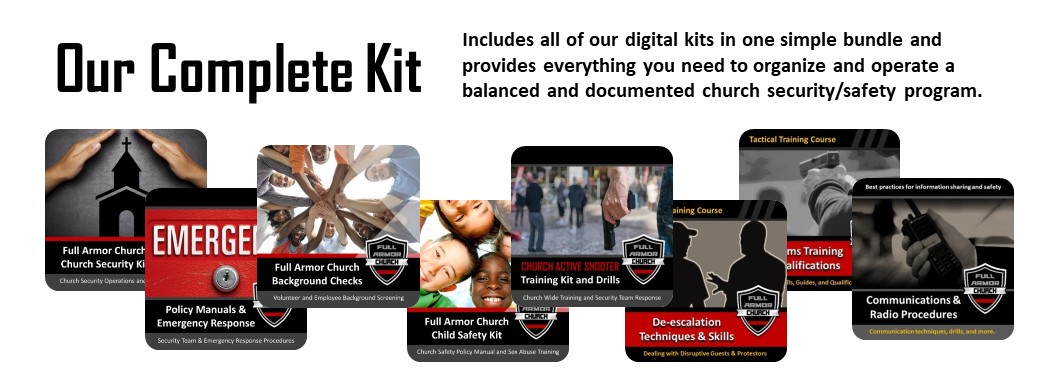

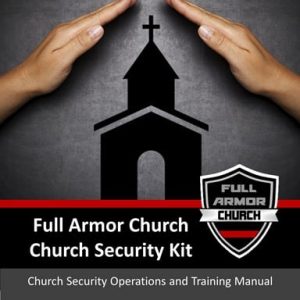
6 Comments
Leave your reply.